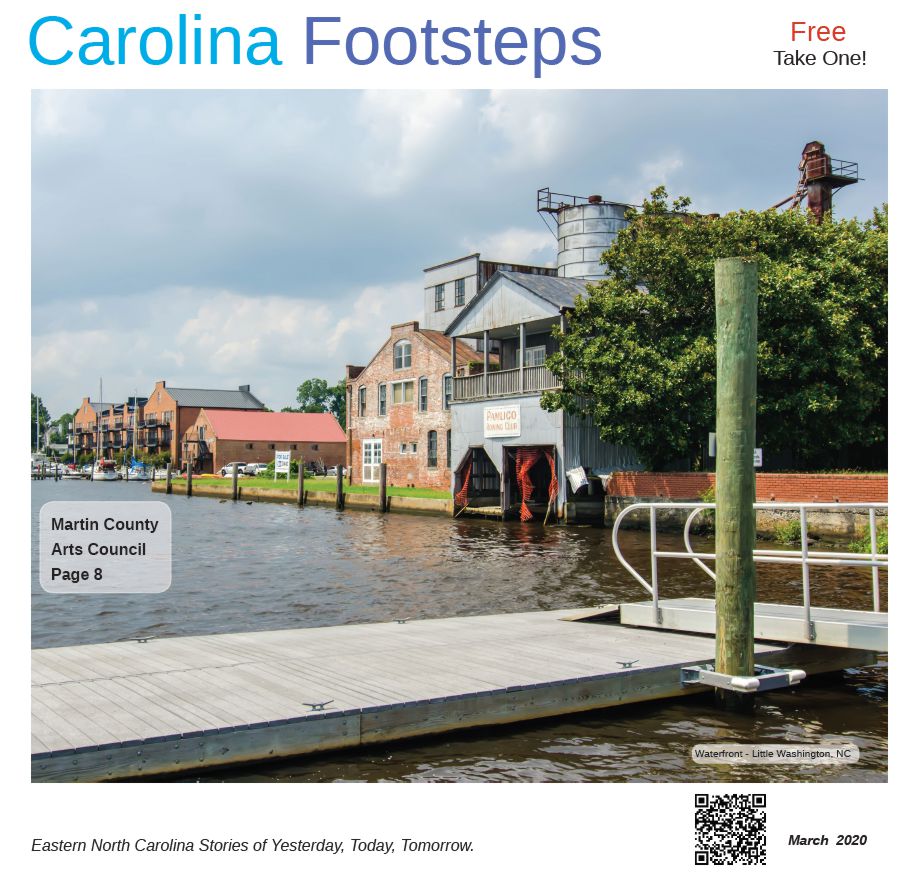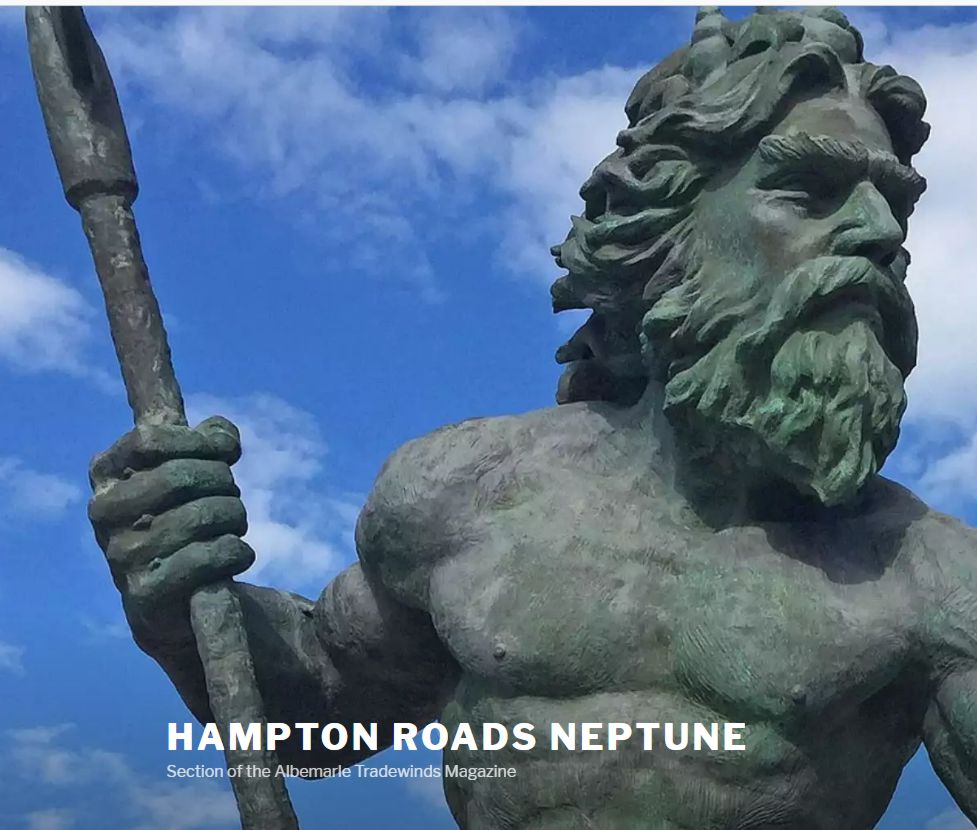There
is an unassuming tree in our midst that bears what is considered a
heaven-inspired treat. The foliage is plain and the bark is somewhat
unremarkable. But the fruit, oh the fruit, well visually it is
undistinguished too. However the taste of the fruit is well worth
investigating but only after a cooling of the season.
The
Persimmon tree (Diospyrus
virginiana)
is native to much of the eastern and southern United States. It once
was enjoyed as a prominent food species by Native Americans and early
settlers. The American persimmon fruit, not to be confused with the
larger Asian varieties, is bitter and astringent until a hard frost
has a chance to inactivate the tannins in the fruit to release its
sweetness. Captain John Smith around 1607 was quoted as saying about
the persimmon, “…
if it is not ripe, it will drive a man’s mouth awrie with much
torment, but when it is ripe, it is as delicious as the Apricock”.
The
persimmon is high in fructose but for a 3.5 ounce serving it has only
70 calories. The fruit is high in fiber, low in cholesterol, and is
loaded with Vitamins A, B-complex and C. Nutritional research reveals
that persimmons are also high in antioxidants beta-carotene and
lycopene.
Native
Americans used the fruit fresh during the season and dried to help
augment their winter diet. The English name persimmon is thought to
have come from the corruption of the Algonquin words for dried
fruit….putchamin, pasiminan, and pessamin. The early settlers
learned to use the fruit in its natural state and to incorporate the
persimmon in puddings, muffins, puddings and preserves. The persimmon
was also used to make a fermented beverage approximating beer.
If
you can source a good persimmon supply during this holiday season, I
heartily recommend you give them a try. As an additional
recommendation, I would be remiss if I didn’t mention that the
Latin genus name Diospyrus
translates into English as - Food of the Gods.
Be the first to tell to your friends by sharing on social media.
Click one of the social sharing icons below
Persimmon -- By Coy Domecq
 Reviewed by kensunm
on
7:00:00 PM
Rating:
Reviewed by kensunm
on
7:00:00 PM
Rating:
 Reviewed by kensunm
on
7:00:00 PM
Rating:
Reviewed by kensunm
on
7:00:00 PM
Rating:








I have had persimmon before from the Knauss farm. They were delicious.
ReplyDelete